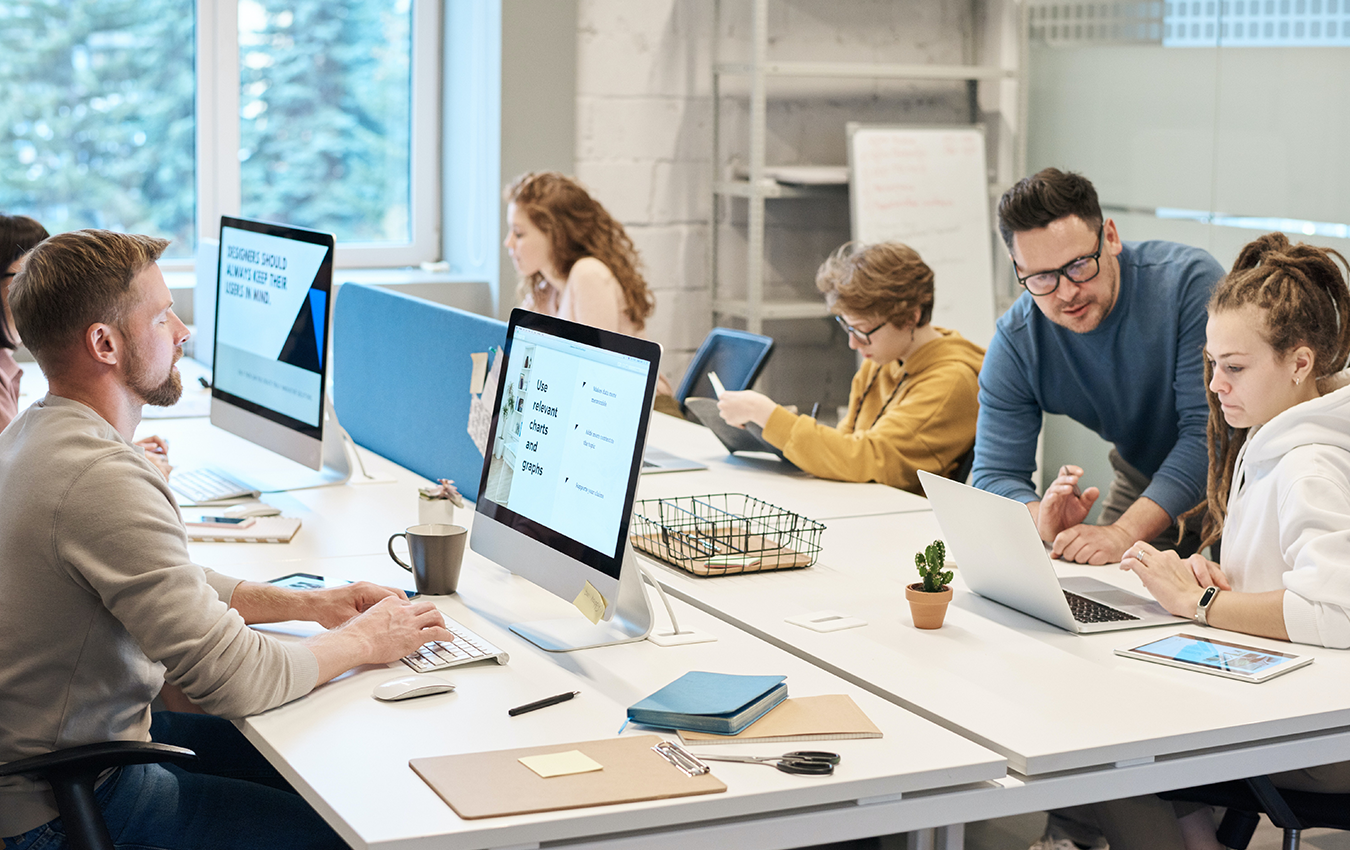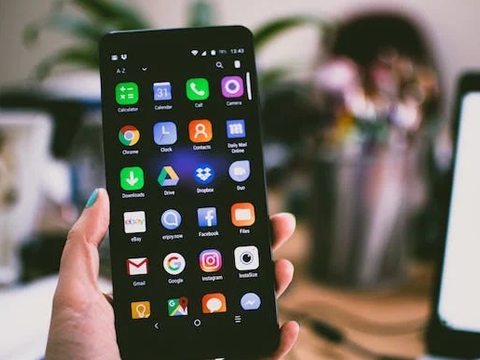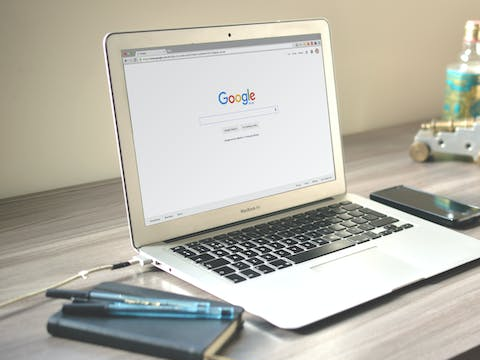Blogs
10 Essential Web Design Trends to Elevate Your Online Presence

Introduction
In the dynamic world of web design, staying ahead of the curve is crucial to creating captivating and user-friendly websites. As we step into 2024, several trends are shaping the landscape of web design. Let’s explore the key elements that are defining the future of digital aesthetics and functionality.
Dark Mode Dominance
Dark mode has transcended being a trend to become a design staple. Its prevalence in 2024 can be attributed to more than just aesthetics. Beyond reducing eye strain, dark mode is now recognized for its ability to extend battery life on certain devices with OLED screens. The depth and contrast it adds to a website’s visual appeal make it a frontrunner in modern design philosophy.
Immersive 3D Elements
The integration of 3D elements in web design has reached a new level of sophistication. From subtle animations that respond to user interactions to full-fledged three-dimensional graphics, the immersive experience offered is unparalleled. As technology advances, designers are exploring ways to make these 3D elements not just visually stunning but also functional, providing users with a seamless and interactive journey.
Minimalistic Microinteractions
Microinteractions continue to be a driving force in enhancing user experience. In 2024, the trend leans towards minimalism, where these subtle animations serve a purpose without overwhelming the user. Hover effects, button animations, and feedback mechanisms contribute to a more intuitive and engaging interface, creating a user-friendly environment.
AI-Powered Personalization
Artificial Intelligence is not just a buzzword; it’s becoming an integral part of web design. AI algorithms are now capable of analyzing user behavior with remarkable accuracy. This analysis fuels personalized content recommendations, creating a tailor-made experience for each user. The result is increased user satisfaction and prolonged engagement with the website.
Variable Fonts for Versatility
The limitations of traditional fonts are being shattered with the rise of variable fonts. Designers now have the flexibility to create dynamic and responsive typography within a single font file. This not only improves the aesthetic appeal but also ensures a consistent brand identity across various devices and screen sizes.
“Web design is the art of blending creativity with functionality, where every pixel tells a story, and every click opens a new chapter of user experience”
Voice User Interface (VUI) Integration
Voice User Interfaces are gaining prominence as more users engage with voice-activated devices. In 2024, web designers are integrating VUI to enable users to navigate websites using voice commands. This inclusive approach not only enhances accessibility for individuals with disabilities but also provides a convenient hands-free alternative for users on the go.
Sustainable and Eco-Friendly Design
Environmental sustainability is no longer confined to physical practices; it’s now making its mark on web design. Designers are optimizing websites for energy efficiency, using eco-friendly color palettes, and incorporating visuals that promote sustainability. This conscious effort aligns with the growing global awareness of environmental issues.
Augmented Reality (AR) Integration
Augmented Reality is breaking into the mainstream, and web designers are harnessing its power to create immersive online experiences. From virtual try-on features for e-commerce websites to interactive AR elements that bring products to life, the integration of AR is pushing the boundaries of what’s possible in web design.
Conclusion
As we navigate the ever-evolving world of web design in 2024, these trends serve as guideposts, pointing towards a future where aesthetics and functionality harmoniously coexist. The trends discussed here are not just fleeting fads but integral elements that redefine the digital landscape. By embracing these innovations, web designers can elevate their creations to new heights, creating online experiences that are not just visually striking but also incredibly user-centric. The future of web design is now, and it’s brimming with endless possibilities. Stay creative, stay informed, and let your designs shape the digital narrative of tomorrow.


Frequently Asked Questions (FAQs)
Q1. What is web design?
Web design is the process of creating and styling the visual layout of websites. It involves the use of various design elements, such as layout, color, graphics, and typography, to create an aesthetically pleasing and user-friendly website.
Q2. Why is web design important?
Web design is crucial because it directly influences how users perceive and interact with a website. A well-designed website not only attracts visitors but also enhances the user experience, leading to increased engagement and better conversion rates.
Q3. What are the key elements of good web design?
Good web design incorporates several key elements, including a clear and intuitive navigation structure, visually appealing layout, responsive design for different devices, effective use of color and typography, and a focus on user experience.
Q4. What is responsive design?
Responsive design is an approach to web design that ensures a website’s layout and content adjust seamlessly to different screen sizes and devices. This ensures a consistent and optimal user experience, whether users are accessing the site on a desktop, tablet, or mobile device.
Q5. What is the difference between UX and UI design?
UX (User Experience) design focuses on enhancing the overall experience users have with a website, ensuring it is intuitive and enjoyable. UI (User Interface) design, on the other hand, deals with the visual elements of the website, including layout, colors, and typography.

